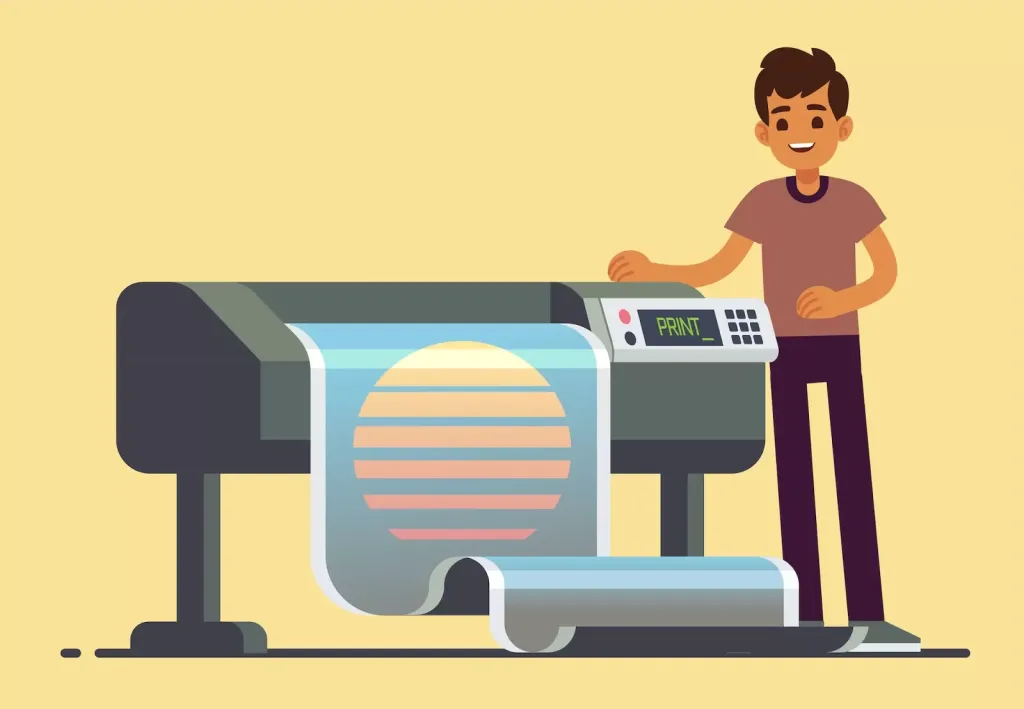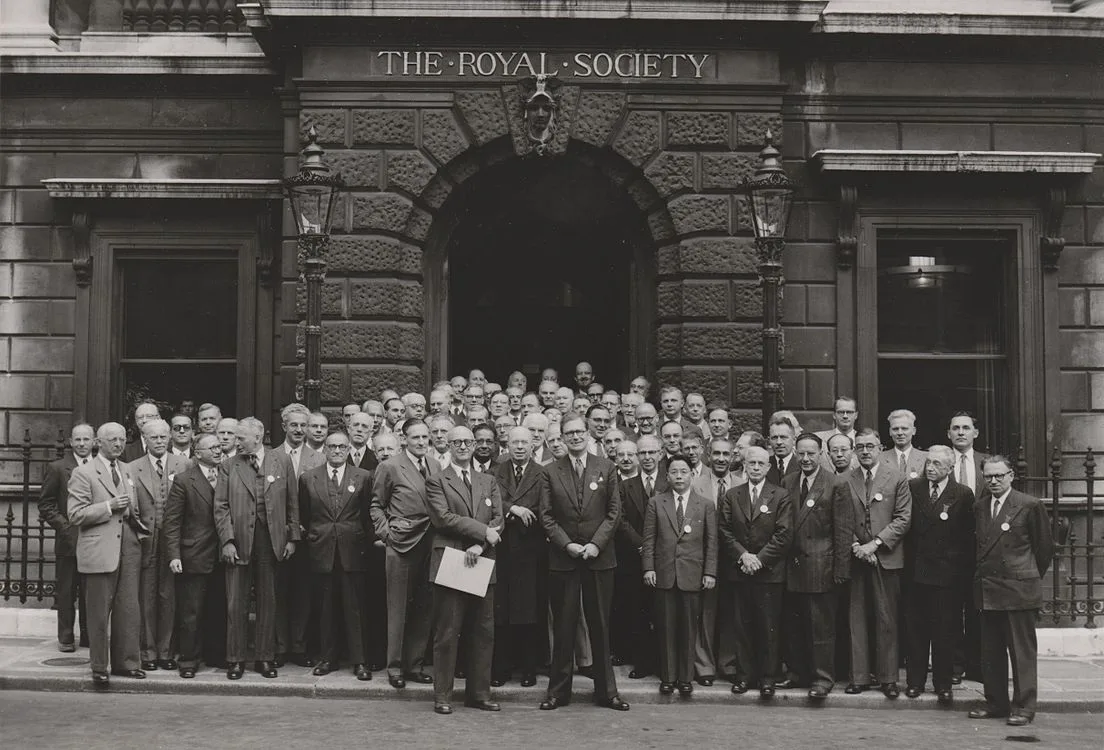
Advertising has always been at the forefront of business strategy, driving brand recognition and customer engagement. With technological advancements, the methods and tools used in advertising have evolved significantly. One such innovation is wide format roll-to-roll printing, which has revolutionized the advertising industry. This article delves into the concept of wide format roll-to-roll printing, its applications in advertising, benefits, and future prospects.
What is Wide Format Roll to Roll Printing?
Wide format roll-to-roll printing refers to the process of printing on large rolls of material, which can then be used for various advertising purposes. This technology uses continuous rolls of substrate material, such as vinyl, fabric, or paper, and prints directly onto these materials using large format printers. The printed material is then cut and finished for use in a variety of advertising mediums.
Applications in Advertising
Wide format roll-to-roll printing has a plethora of applications in the advertising industry, including:
- Billboards and Banners:
- High visibility and impact.
- Ideal for outdoor advertising due to durability and weather resistance.
- Vehicle Wraps:
- Turning vehicles into mobile advertisements.
- Customizable and easily removable without damage to the vehicle.
- Trade Show Displays:
- Attractive and portable displays for trade shows and exhibitions.
- Easy to set up and dismantle.
- Window Graphics:
- Enhancing store fronts and retail spaces.
- Utilizes space effectively while conveying marketing messages.
- Posters and Wall Murals:
- Transforming interiors with vibrant graphics.
- Used in retail, corporate, and public spaces for branding and decoration.
Benefits of Wide Format Roll to Roll Printing
The adoption of wide format roll-to-roll printing in advertising offers several benefits:
- High Quality and Precision:
- Advanced printers deliver sharp, vibrant, and high-resolution prints.
- Cost-Effective:
- Economical for large print runs due to the continuous roll process.
- Reduces material waste compared to traditional printing methods.
- Versatility:
- Compatible with various materials, enabling diverse applications.
- Efficiency and Speed:
- Quick turnaround times for large volumes of print.
- Streamlined process from printing to finishing.
- Customization:
- Personalized and targeted advertising materials.
- Flexibility to make quick adjustments to designs and campaigns.
Technological Advancements
Technological advancements continue to enhance wide format roll-to-roll printing capabilities. Innovations include:
- Improved Ink Technologies:
- UV-curable, eco-solvent, and latex inks offer enhanced durability and environmental benefits.
- Automated Cutting and Finishing:
- Integration of cutting and finishing processes with printing for seamless production.
- High-Speed Printers:
- Increasing the speed and efficiency of printing without compromising quality.
- Advanced Software Solutions:
- Improved design and workflow management tools for better productivity and precision.
Future Prospects
The future of wide format roll-to-roll printing in advertising looks promising, with trends indicating further growth and innovation. Potential developments include:
- Sustainable Printing Solutions:
- Greater emphasis on eco-friendly materials and processes.
- Integration with Digital Advertising:
- Combining physical prints with digital technologies for interactive advertising experiences.
- Enhanced Personalization:
- Leveraging data and AI for more targeted and customized advertising campaigns.
- Expansion into New Markets:
- Wider adoption across different industries and sectors beyond traditional advertising.
Wide format roll-to-roll printing has transformed the advertising landscape, providing versatile, cost-effective, and high-quality solutions for businesses. As technology continues to advance, this method will only become more integral to advertising strategies, offering new opportunities for creativity and engagement. Embracing these innovations will be key for businesses looking to stay competitive and effectively communicate their brand message in an ever-evolving market.






